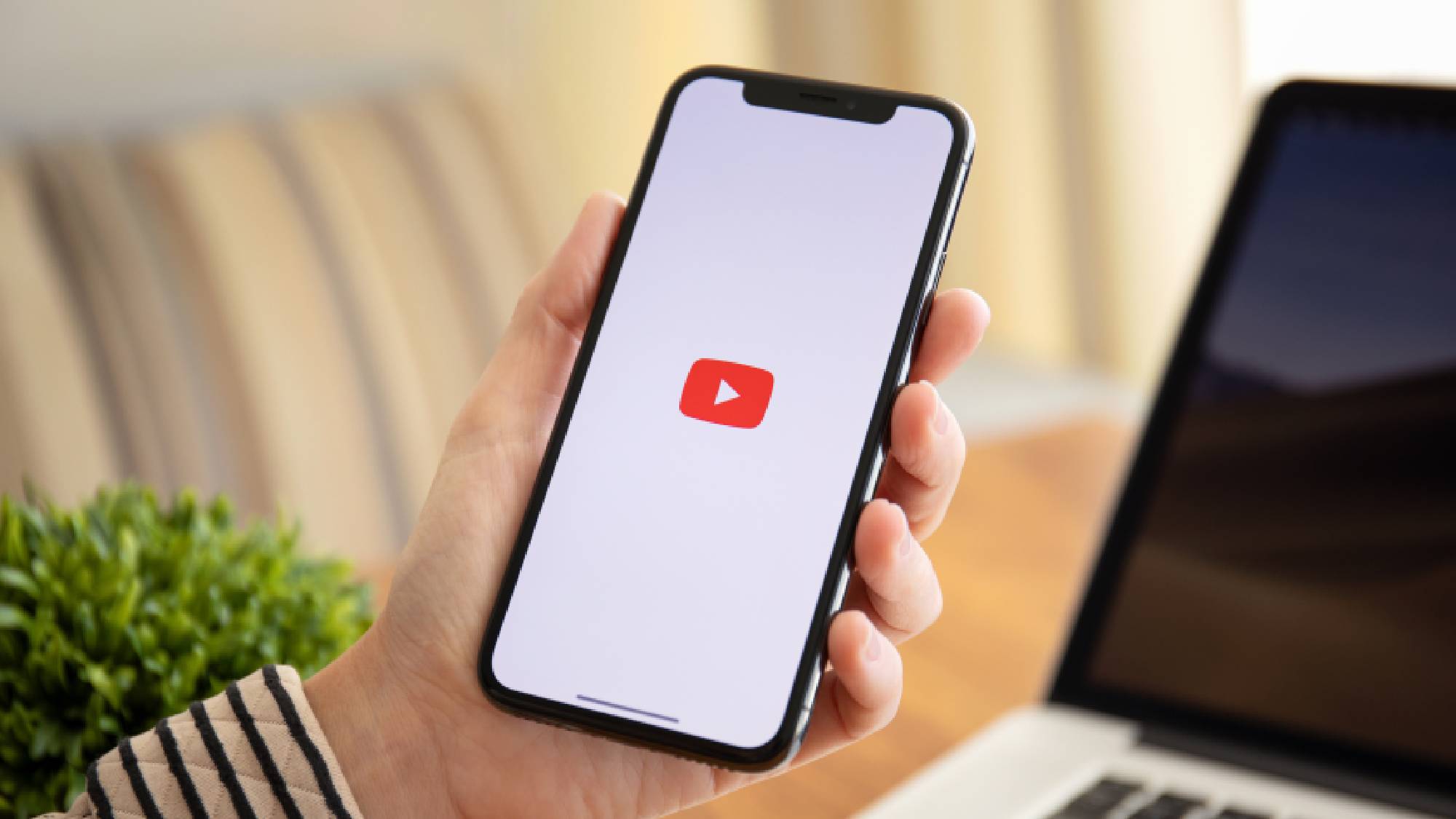
Last month YouTube Premium suffered another price hike. While U.S. customers were seemingly in the clear, subscribers in other regions were seeing their monthly fees rise by as much as 50%. But while this move will be about as popular as dental surgery without anesthetic, we may also see the return of the low-cost YouTube Premium Lite in the process.
Premium Lite first debuted back in 2021 in Europe, costing €7 a month, which at the time was €5 a month cheaper than regular €12 YouTube Premium tier. The service was ad-free, but lacked other features like background playback and offline downloads. Unfortunately, in classic Google style, Premium Lite was only ever in a testing phase and was officially killed last year.
But now it seems like a comeback could be on the cards. Google has confirmed to Android Authority that it’s testing a “different version” of YouTube Premium Lite in Australia, Germany and Thailand. The company hasn’t specified if and how things might have changed, but the description mentions seeing “limited ads”, which suggests this won’t be a truly ad-free experience.
Honestly that news is kind of a bummer. While the lack of extra perks is always a bummer, the main appeal of YouTube Premium is getting rid of the ads — especially since YouTube ads seem to be getting longer and more frequent all the time. Though right now it’s unclear how “limited” the number of ads will be, and Google hasn’t elaborated further on that point.
It’s unclear how widespread this test is, or whether it might expand to other regions in the near future. According to one post on Threads, the Australian version of Premium Lite is set to cost AU$11.99 a month, which is half the current AU$23 a month YouTube Premium Price.
However there’s also word that an AU$9 price tag may be available as well, with a €6 a month plan for German users. However, since those prices first appeared in August, before the recent price hike, it seems likely that YouTube will have pushed up the Premium Lite price accordingly.
We’re just going to have to wait and see how this plays out, and if the new testing expands to other regions in the near future. But until we hear official news about that from Google, we probably shouldn’t get our hopes too high.







